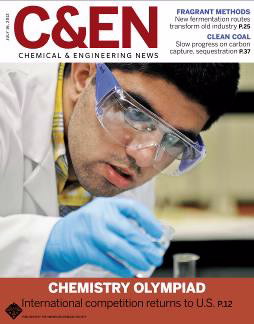FOR IMMEDIATE RELEASE
ACS News Service Weekly PressPac: July 18, 2012
The taste and fragrance of orange, vanilla, rose and more -- courtesy of bacteria and yeast
“The Sweet Smell Of Microbes”
Chemical & Engineering News
Suppliers of the orange, vanilla and other flavor and fragrance ingredients used in hundreds of foods, beverages and personal care products are putting their faith in microbes as new sources for these substances. That migration away from the natural plant oils used for centuries to delight the taste buds and nose is the topic of a story in the current edition of Chemical & Engineering News. C&EN is the weekly newsmagazine of the American Chemical Society, the world’s largest scientific society.
Melody M. Bomgardner, C&EN senior business editor, points out that manufacturers are looking for more reliable sources of these ingredients. They now face price-swings and supply disruptions caused by natural disasters, poaching and other problems in the far-flung places where fragrant natural plant oils originate. Major flavor and fragrance houses thus are turning to biotechnology companies that use genetically engineered microbes to produce ingredients that mimic natural flavors and fragrances.
The microbes can produce vanillin, for instance, which is the stuff of vanilla, and picrocrocin, normally extracted from saffron, which costs about $900 a pound. Microbial production has another advantage aside from reliability, Bomgardner notes: It reduces the cost of such otherwise rare and expensive ingredients.


